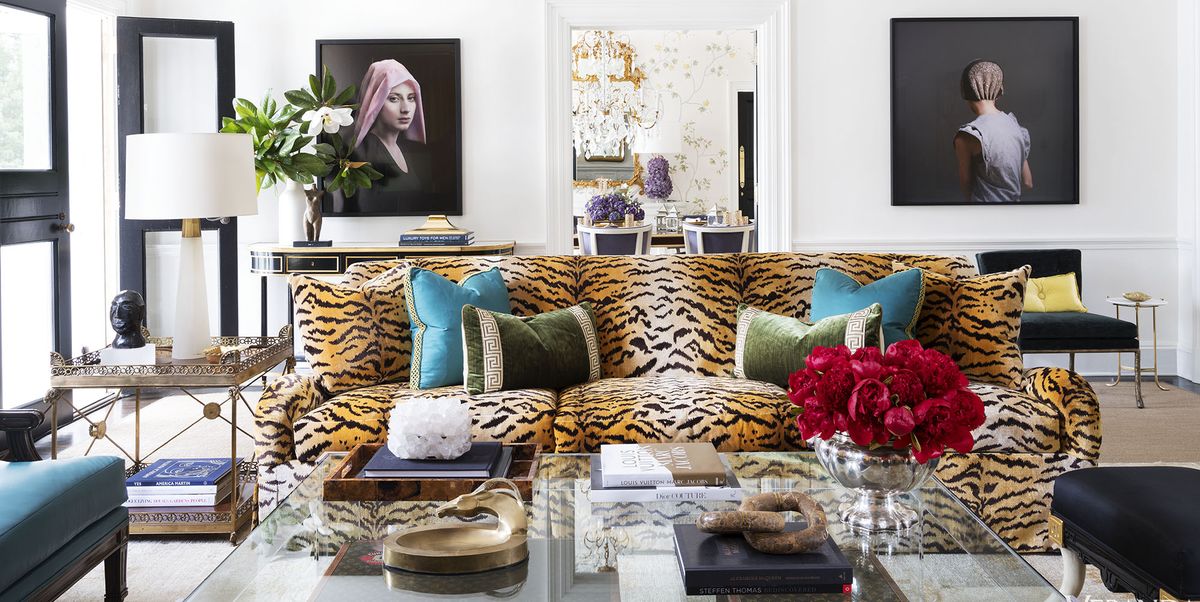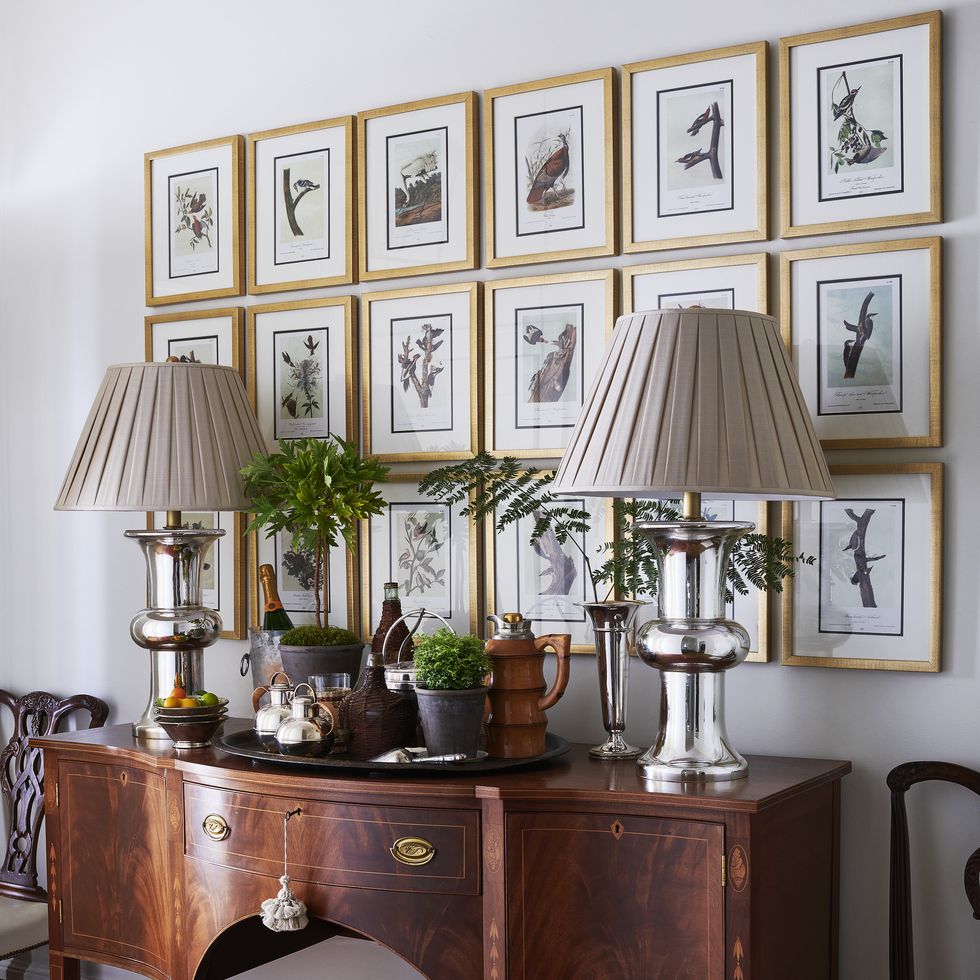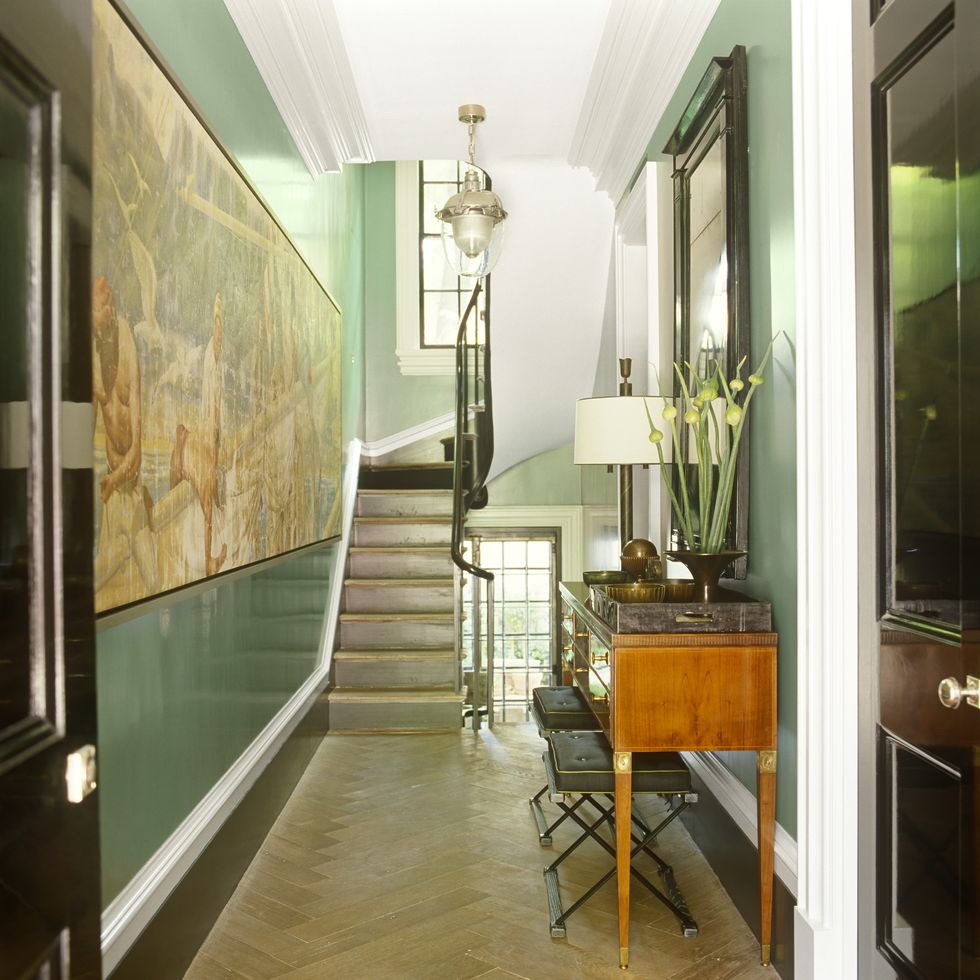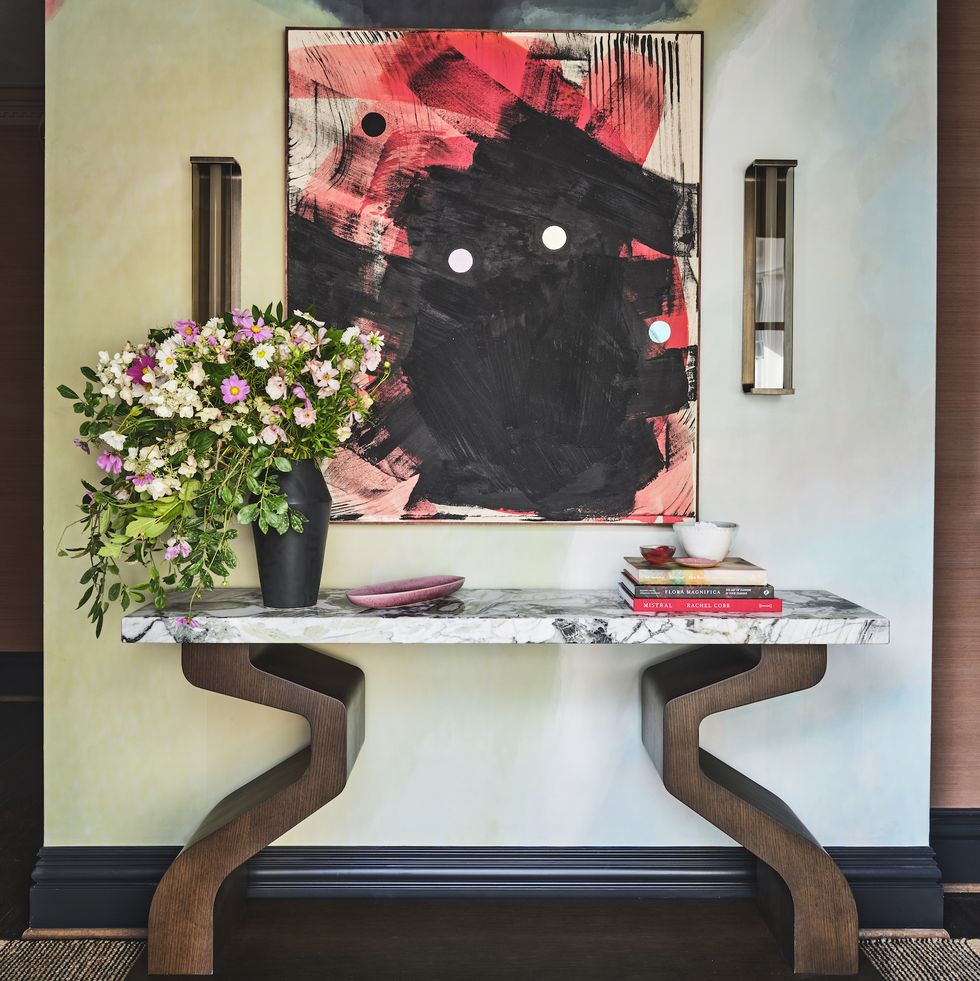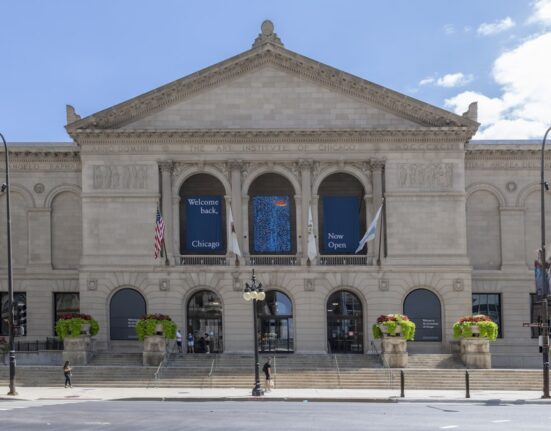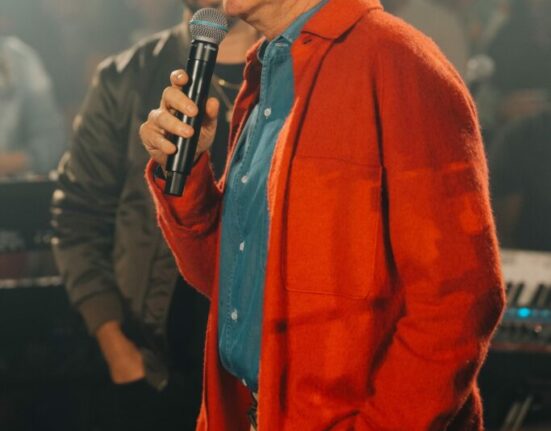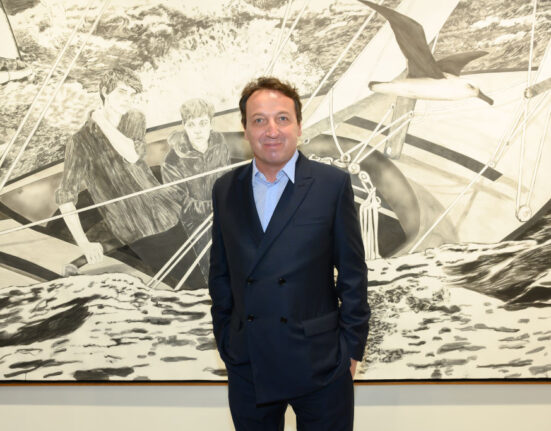When it comes to investing, many people first think of real estate purchases or brokerage accounts that manage stocks, bonds, and mutual funds. Of course, those are just a few ways to invest your money and turn a profit. Another (arguably more creative) way to enhance your wealth is by investing in art. But, what does a good investment in art actually mean?
“A good investment can mean different things to different people,” says Chairish Art Category Manager, Amanda Morse. “For some, it will mean profit. For others, a good investment in art purely means something they will still enjoy in 20 years. I operate more on the basis of the latter, with any increase in monetary value being a welcome addition.”
A good investment in art can also mean that the process of procuring it taught you a valuable lesson. “A good investment in art and design also means that in the journey of acquiring the piece, you have expanded your horizon about different kinds of designers and artists and have learned more about your own taste and aesthetics,” says Carina Villinger, Sotheby’s head of 20th century design.
Keep reading to learn more about art as an investment, including how to start investing in your very own collection.
Art as a Financial Investment
Although art is often marketed as a consumer good in home decor, Morse points out that it can be considered an asset, too. “This means that even when the stock market is experiencing a decline, the art market will find stability in its buyers on the consumer front,” she explains. Purely from a home decor stance, she says that art is the best investment for your home. Where furniture will eventually show wear and tear, art often stays in pristine condition when hung on walls within the proper frames and behind UV-protective glass.
Overall, Villinger says art and design can be a stable long-term investment. “Tastes in the art market certainly change over time and there is no guarantee for the future, as with anything of value in general. That said, if you are buying works that are of great quality, chances are that they will retain their value,” Villinger says.
Of course, some pieces of art retain more value than others. “Typically, artworks that retain the most value are either by artists that were leaders within their artistic movement or exemplary pieces of that specific genre,” Morse says.
What Makes a Piece of Art a Good Investment?
If your idea of an investment-worthy piece of art is one that can usher in financial gains, there are a number of characteristics to look out for when bidding on and buying paintings, sculptures, drawings, and more.
“Once you have channeled your inner Marie Kondo and resolved that the artwork does in fact bring you joy, consider the following,” Morse says. “Does the composition feel balanced? How does the piece relate to the genre of art it’s within? Who is the artist and how have their pieces sold previously? Is there a signature or certificate of authenticity? These are all key questions that will help inform a worthy investment in a vintage or antique artwork.”
Villinger says it’s also important to consider the condition of the piece at the time of purchase. “It’s important to make sure any condition issues can be addressed satisfactorily by a qualified conservator, as this can impact long-term value,” she explains.
On that note, Villinger says that analyzing the materials used to create the work is worthwhile, as well. “There are some materials, such as certain plastics, that can deteriorate over time,” she explains, noting that those pieces may not be as investment-worthy.
Another factor that can contribute to a piece’s monetary worth is its provenance (ownership history) and exhibition history, Villinger adds. “Compelling provenance and interesting exhibition history can all add to the resale value of a piece,” she reveals.
Lastly, while many famous artists have a wide scope of pieces, Villinger says that concentrating on a key period of their work can pay off. “Concentrating on a period within the artist’s work that’s considered to be an important one can also help value retention,” she explains.
How to Invest in Art
First and foremost, Morse says to invest in what you love. “That is the only way to guarantee that it won’t be a bad investment,” she assures us. That said, if your main goal is to turn a profit, she says the best strategy is to diversify your collection as much as possible.
“As with any investment practice, diversification is the best way to minimize risk,” she shares. “When it comes to art, opt for pieces across a range of styles, time periods, and artists. And the added bonus? Diversifying your art collection will also bring added depth and flavor to your walls, so it’s a win-win.”
Before investing in any art, though, Villinger says to do your research. “Try to see and learn as much as possible before beginning your collecting journey,” she encourages. “Auction houses like Sotheby’s are a great first port of call and are very happy to talk to and educate new collectors and show them around their upcoming sales and share their thoughts about the artists and styles.”
Outside of auction houses, dealers and gallerists are other excellent resources, Villinger says. “Especially when many of them are exhibiting at big art and design fairs, which makes it easy to see a lot of art and design in one place,” she points out. Lastly, she says that perusing museum collections and artists’ monographs is a great approach for more in-depth research and reading.
Throughout your research, you may find that pieces by art legends like Picasso, Warhol, Van Gogh, Basquiat, and Koons have the highest price tags, however, Morse says not to overlook lesser known artists, as well, when diversifying your collection.
“The emerging art world provides a more lucrative landscape for investors given the lack of historical data,” Morse says. “I find this to be the most exciting type of art investing—there is a lower barrier to entry, potential for high reward, and the ability to make a difference in the budding artist’s career.”

Rebecca R. Norris is a full-time freelance writer living in the DC metro area. She writes for a variety of publications, primarily covering women’s interest topics. When she’s not writing, she can be found out and about with her Jack-Chi, Cash, sweating her way through an Orangetheory class, or taking it easy with family and friends

